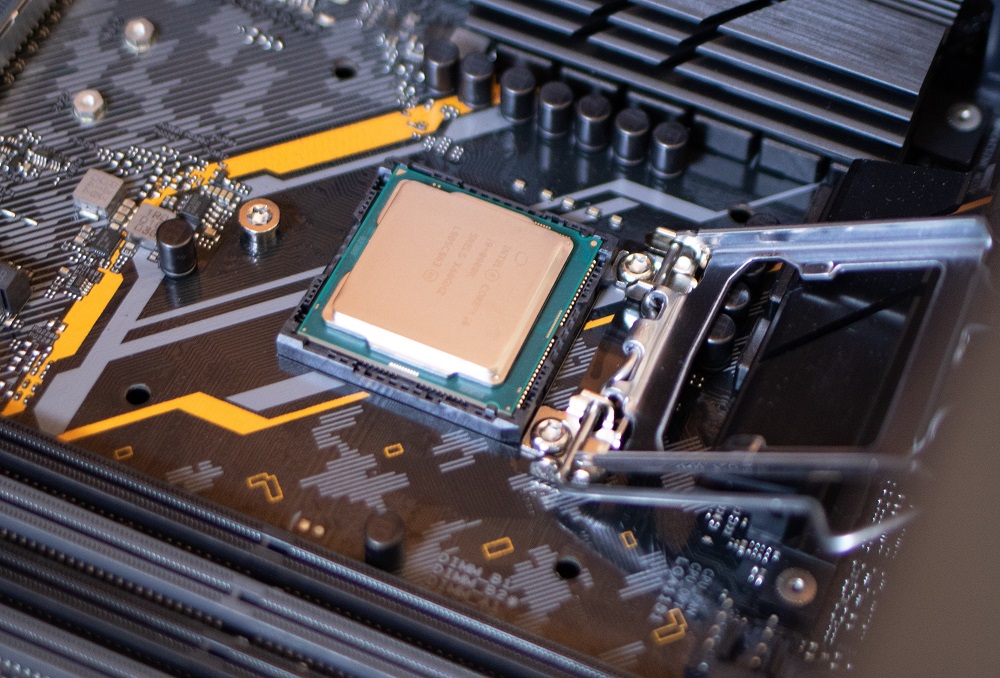Due to the rapid growth of smart technology, PCBs, or printed circuit boards, are becoming more used in electronic gadgets and devices. PCBs that have been upgraded and now consist of numerous layers are a good choice for high-tech devices with many different functions. For the device to work properly, the many board layers that comprise a multi-layer printed circuit board (PCB) must maintain their connections.
The numerous boards that make up such a PCB maintain their unbroken connectivity through vias or holes. Micro vias are tiny micro-holes that are drilled through many layers of a printed circuit board to keep the layers linked. Around 150 microns is most likely the largest size that can be considered micro, and anything larger than that is unlikely to be considered micro.
When compared to the diameter of a PTH on a printed circuit board, the diameter of a microvia is much smaller. The basic objective of drilling a microvia is to provide a connection between two layers of a printed circuit board (PCB).
However, a microvia can only link one board layer of a printed circuit board to another board layer. In most cases, engineers create micro vias in the board layers of PCBs by using lasers.
Because of this, microvias are considered to be safer alternatives than PTHs. Because utilizing a laser to drill a microvia will leave behind not even a trace amount of residue when the process is complete. A great method for finishing the circuit is to drill a microvia in the printed circuit board.
Different kinds of microvia found in PCBs?
If you look closely, you will see that there are many distinct types of microvias in PCB. However, all three forms of microvias have comparable properties. Let’s take a look at some of the common features shared by all of the various types of microvias.
If a microvia is subjected to the continuous vibration of a mechanical shock for a lengthy period of time, there is a good chance that the neck area of the microvia may get damaged or broken.
These are the primary properties that are shared throughout all varieties of microvias. Before you drill a microvia into a circuit, you need to be familiar with these defining qualities. The following kinds of microvias are the most prevalent types that are present in most printed circuit boards (PCBs).
Blind microvias
A blind microvia’s reach extends from the surface layer of the circuit all the way down to one or two layers beneath the surface. It begins at the surface layer. Nevertheless, the most effective use of a blind microvia is when it is put to use to link the surface with a single layer that lies underneath it. When used to secure more than one layer under the surface of a printed circuit board (PCB), blind microvias are not very effective.
Several hidden microvias
When a microvia is buried, none of its ends will contact the surface of the circuit at any point throughout its course. When used to link single layers, buried microvias, much like blind microvias, can deliver the highest possible levels of endurance and performance.
Microvias arranged in a stack
The most effective method for linking more than two layers is to use microvias that are stacked on top of one another. Stacks of several buried microvias are what are known as stacked microvias. To produce a stacked microvia, a blind microvia is sometimes put on top of a buried microvia. This is done in certain cases. When it comes to an HDI printed circuit board (PCB), stacked microvias are the ideal solution for various layers of the PCB to interface with one another.



